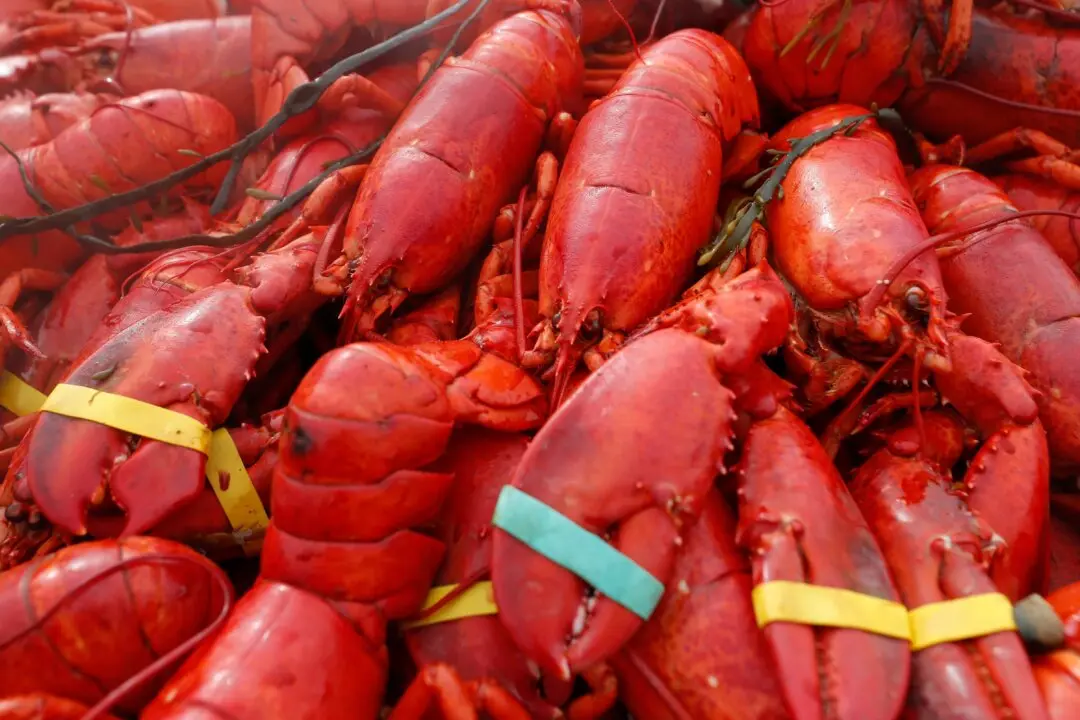NEW YORK—The waterways surrounding New York City are a soup of plastic, ranging from discarded takeout containers down to tiny beads that end up in the food supply, according to a new report by an environmental group.
The study, by the group NY/NJ Baykeeper, estimated there are at least 165 million plastic particles floating in New York Harbor and nearby waters at any given time. The report was based on samples collected by trawlers that plied the city’s East River, the mouth of the Hudson River and New Jersey’s Passaic River and Raritan Bay between March and August 2015.
The average concentration of plastics was 256,322 particles per square kilometer, according to the report.
To maybe nobody’s surprise, the highest concentration, 556,484 particles per square kilometer, was found in New York City’s East River, which separates Manhattan from Brooklyn and Queens and is known for its floating filth.
“It just goes to show you big problems need big solutions,” she Sandra Meola, a spokeswoman for Baykeeper.






